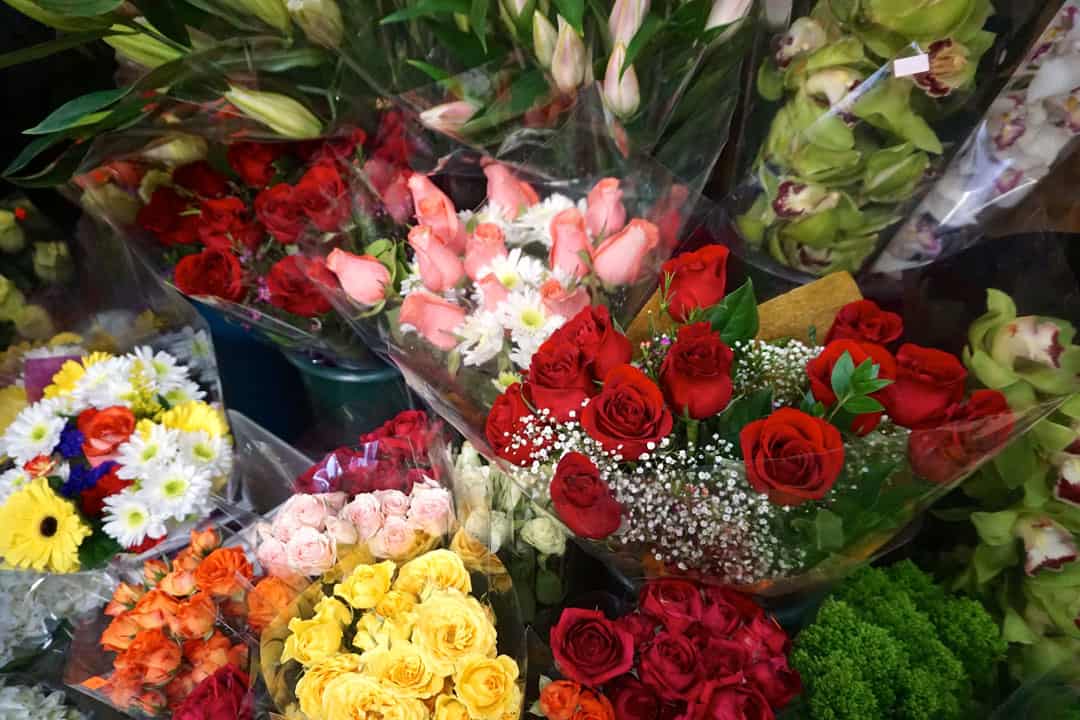If you are lucky enough to receive a floral Valentine’s gift, then you’ll want to keep it fresh and fragrant for as long as possible. This collection of science-backed tips may help.
Stem trimming
This is a common trick, but we must be particular about it.
Stems should be cut at a 45-degree angle in order to maximize water absorption by increasing surface area. They should be trimmed underwater to prevent air bubbles from forming and blocking the passage of water through the stem ends. Furthermore, trim according to the vase: adjust the length cut off based on the depth and shape of the vase, and re-trim every time the water is changed.
Keep away from heat and dampness
Recent studies from Horticultural Science and Technology and Proceedings of the National Academy of Sciences suggest that flowers have a longer vase life when in dehumidified greenhouses and cool storage. So keep flowers away from radiators, heaters, and other damp conditions, such as near glass that is prone to condensation or in bathrooms with showers and baths.
However, ensure that they don’t become dehydrated!
Always keep cut flowers in water and store them in a fridge or dark cupboard whenever they do not need to be seen. Try to avoid harsh sunlight in general; a table beside the window is preferable to the window sill itself.
Change water daily
It may seem to be a basic aspect of flower care, but it’s important nonetheless. As flowers begin to use up their water, the stems take up less, causing them to become dehydrated and their petals to wilt.
Discard used water as it can contain bacteria, which can kill or damage plants, and refill the vase with fresh water, ensuring that none of the flowers themselves are below the water line. Remove all leaves below the water line to inhibit bacterial growth.
Don’t put them by the fruit bowl
Ripening fruits release small amounts of ethylene gas, which can reduce the longevity of flowers as it acts as a growth hormone. Place them elsewhere to avoid buds blooming too early or leaves shedding.
Prune regularly
Remove dead flowers and leaves quickly to avoid bacterial growth and reduce the risk of attracting flies or other bugs, which could eat parts of the plant or otherwise cause damage.


